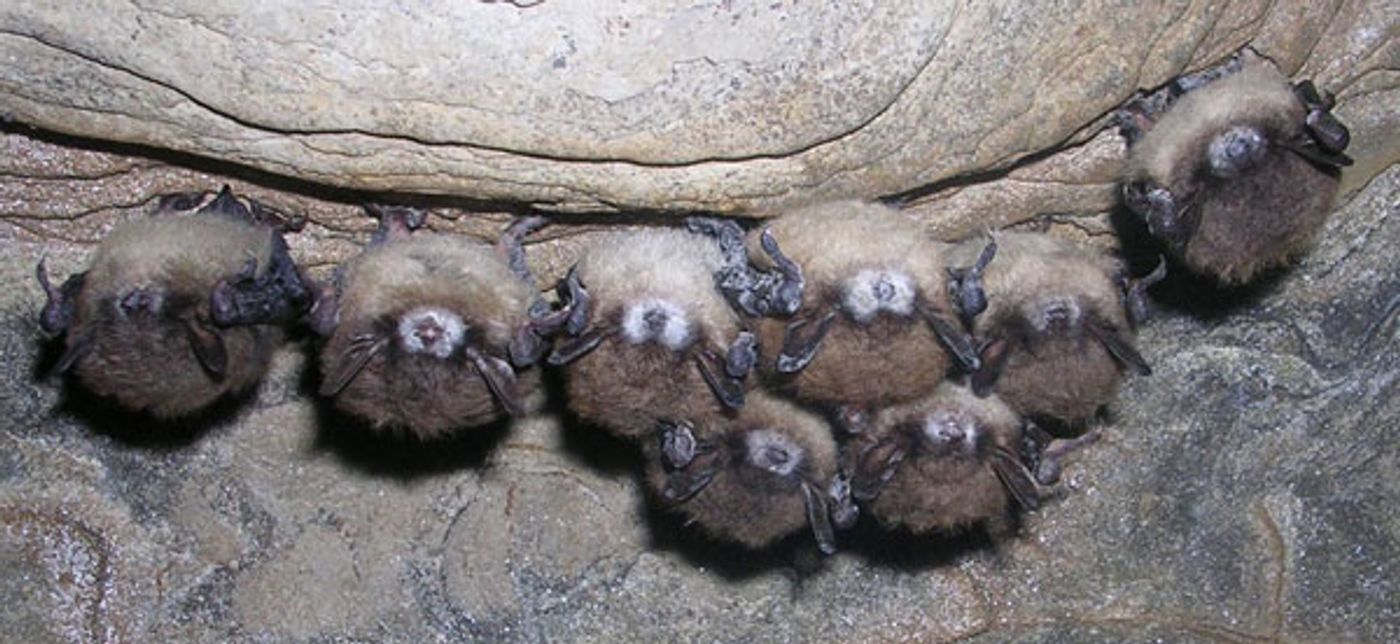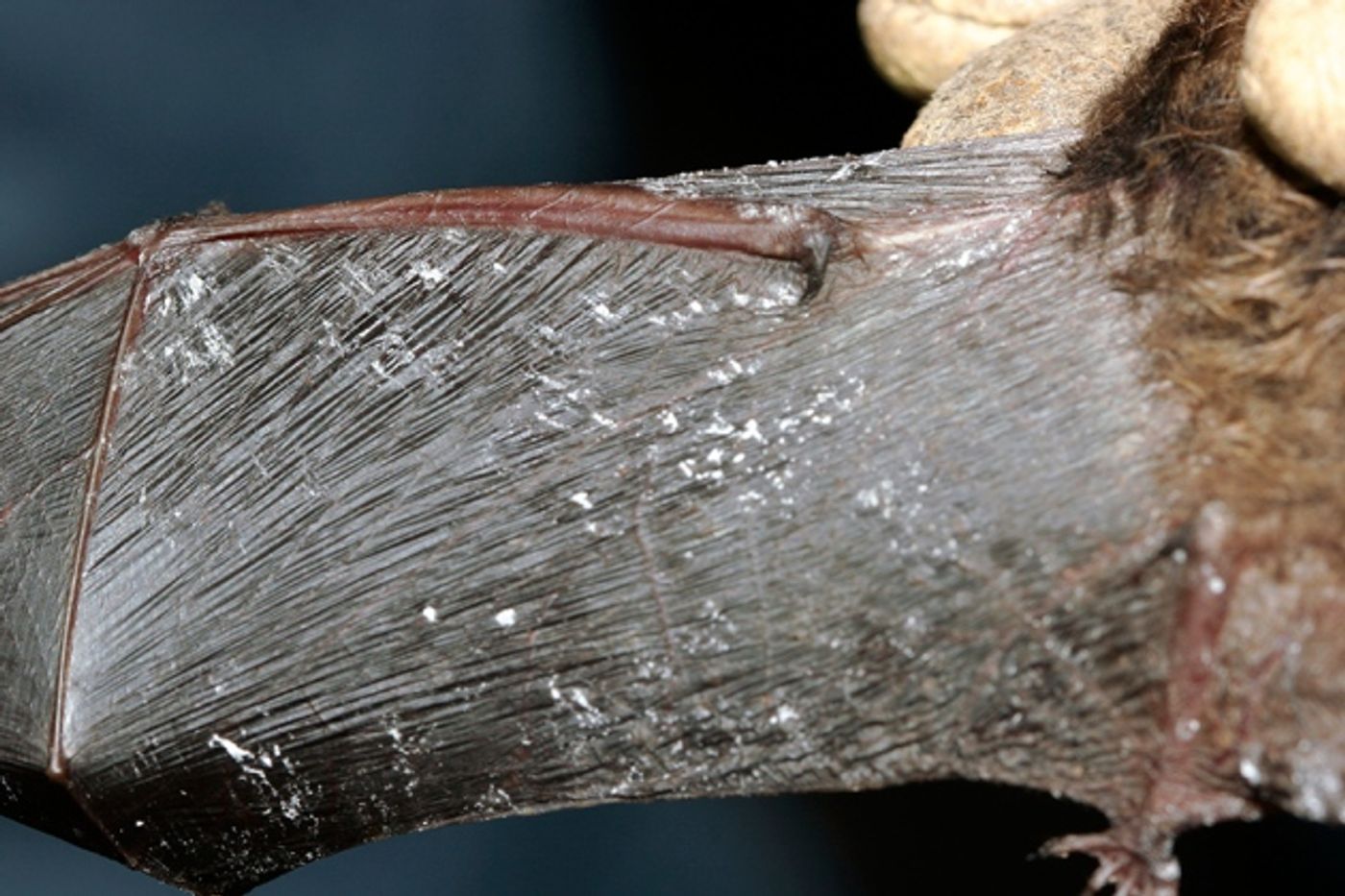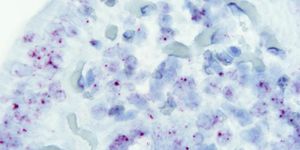A casual trailside hike near the Cascade Mountains in western Washington in Mid-March lead to the foreboding discovery of a deceased little brown bat. The killer: the fungus that gives bats “white-nose syndrome,” a disease that kills practically every bat it touches.

Found first near Albany, New York about 10 years ago in a cave where bats are known to hibernate, the fungus has gone on quite the extensive journey, reaching to Nebraska and killing approximately 7 million bats along the way. The flesh-eating fungus is not particular; it thrives on little brown bats, northern long-eared bats, tricolored bats, Virginia big-eared bats, Indiana bats, and eastern small-footed bats and its presence results in a baby powder-like substance covering the bats’ noses while they hibernate unknowingly in abandoned mines and caves. Apparently the fungus likes the cold just as much as the hibernating bats, and much to the tragedy of the bats, the two often convene in the same locations. Scientists are unsure of where this fungus came from, though it is known to be a part of a fungus genus called geomyces, of which the most commonly known fungus is “athlete’s foot”. Later named
Pseudogymnoascus destructans, the fungus does as it is named. Gudrun Wibbelt, a veterinary pathologist in wildlife diseases for the Leibniz Institute for Zoo and Wildlife Research in Berlin, says that “It makes holes in the surface of the skin as it burrows in.” He compared the bats’ suffering to that of burn victims, states
The Washington Post.
Furthermore, the mortality rates are exorbitant - with a potential extinction rate similar to that of the passenger pigeon and the American bison, says Mylea Bayless, conservation programs manager for Bat Conservation International in Austin, Texas. According to the
USGS National Wildlife Health Center, deaths of bats over the last ten years have been found in 25 US states and 5 Canadian provinces. The current estimate of bat population declines within the Northeastern US alone is 80%. Unfortunately, because of the reproduction cycles of most of the bat species, it is unlikely that they will make a comeback against the fungus, as most species are long-lived and females only have one pup a year.
Hence the recent scare from the encounter with white nose syndrome in the Pacific Northwest. The thought that the fungus could have reached across an entire continent and now be exposing the 15 western bat species to a sure and painful death has got biologists and farmers alike concerned. As Fish and Wildlife Service Director Dan Ashe said in a statement for
The Washington Post, “Bats are a crucial part of our ecology and provide essential pest control for our farmers, foresters and city residents, so it is important that we stay focused on stopping the spread of this fungus.” Bats’ role as a primary consumer of insects (bats can eat half their weight in insects every night, according to Wildlife Magazine, published by Defenders of Wildlife), especially insects that threaten the country’s main crops, means that their absence could create the need for unprecedented use of pesticides in the agricultural sectors. More pesticides in the mix only drives the ecological degradation cycle and keeps local farmers tied to big-money companies.
Although studies and emergency surveillance of the infected areas are springing into action, this case seems particularly gloomy. However, we can’t give up because, as
Bayless says: “Unlike some of the extinction events or population depletion events we’ve seen in the past, we’re looking at a whole group of animals here, not just one species. We don’t know what that means, but it could be catastrophic.”
Sources:
The Washington Post,
USGS National Wildlife Health Center










